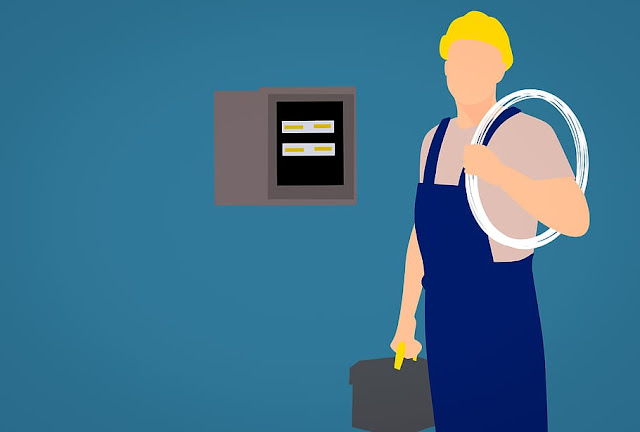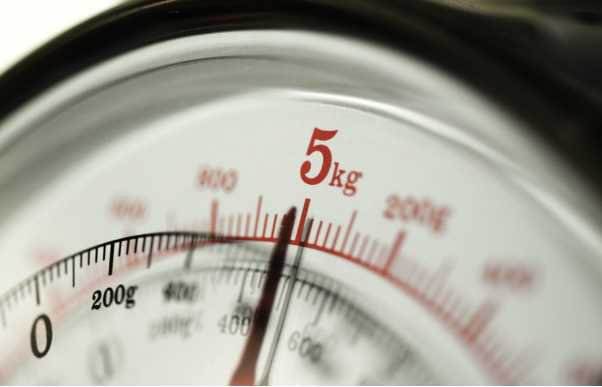Here’s How a Pressure Gauge Works
Pressure gauges are used in several industrial applications such as cooling, mining and oil drilling to monitor and measure the fluid pressure of a hydraulic system. They help ensure that the crew can monitor pressure changes to prevent leaks, equipment damages, or explosions. Here’s how the mechanism of a pressure gauge works.
The Mechanism Of A Pressure Gauge
There’re many types of pressure gauges, but the most common is the bourdon tube gauge. The bourdon tube includes a semicircular and flat metal tube where one end is fixed while the other end is attached to a lever mechanism. As the pressure increases, the force of the fluid straightens the curved tube and pulls the lever. Bourdon tubes convert the force from the pressure into mechanical energy and move the needle on the dial to display the measure of fluid pressure.
How To Work With Standpipe Pressure Gauges UMG
Standpipe pressure gauge is a bourdon-tube used to monitor and regulate mud pressure for extraction in drilling applications. Standpipe pressure is the total pressure loss of annulus pressure loss, dill string pressure loss, bottom home assembly pressure loss and pressure loss across the drill bit. Low standpipe pressure will increase the chances of the down drill string break down and high standpipe pressure will increase mud density. Properly monitoring and regulating standpipe pressure with a standpipe pressure gauge UMG prevents downhole complications. However, mechanical pressure gauges are sensitive to high vibration and pulsations, and thus an electronic gauge is ideal in such situations.
How To Work With Electronic Gauges
Electronic gauges are a recent iteration compared to the traditional analog gauges. The mechanical energy in the electronic gauge is converted to electrical energy to display a unit of measure on the OLED display of the dial. It can display necessary information such as pump strokes and total strokes on a backlight display, allowing it to be used at night. Electronic coil tubing gauges provide extra reliability as electronics eliminate high-pressure lines.
Contact Instruments is an OEM drilling instrumentation manufacturer of oil and gas drilling equipment based in Alberta with over 90 years of experience in the oil and gas industry. Their high-quality process instrumentation devices include standpipe pressure gauges, mud pressure gauges, weight indicator systems, over-molded cables and more. Head to their site for more information on their extensive range of instrumentation and gauges.





Comments
Post a Comment